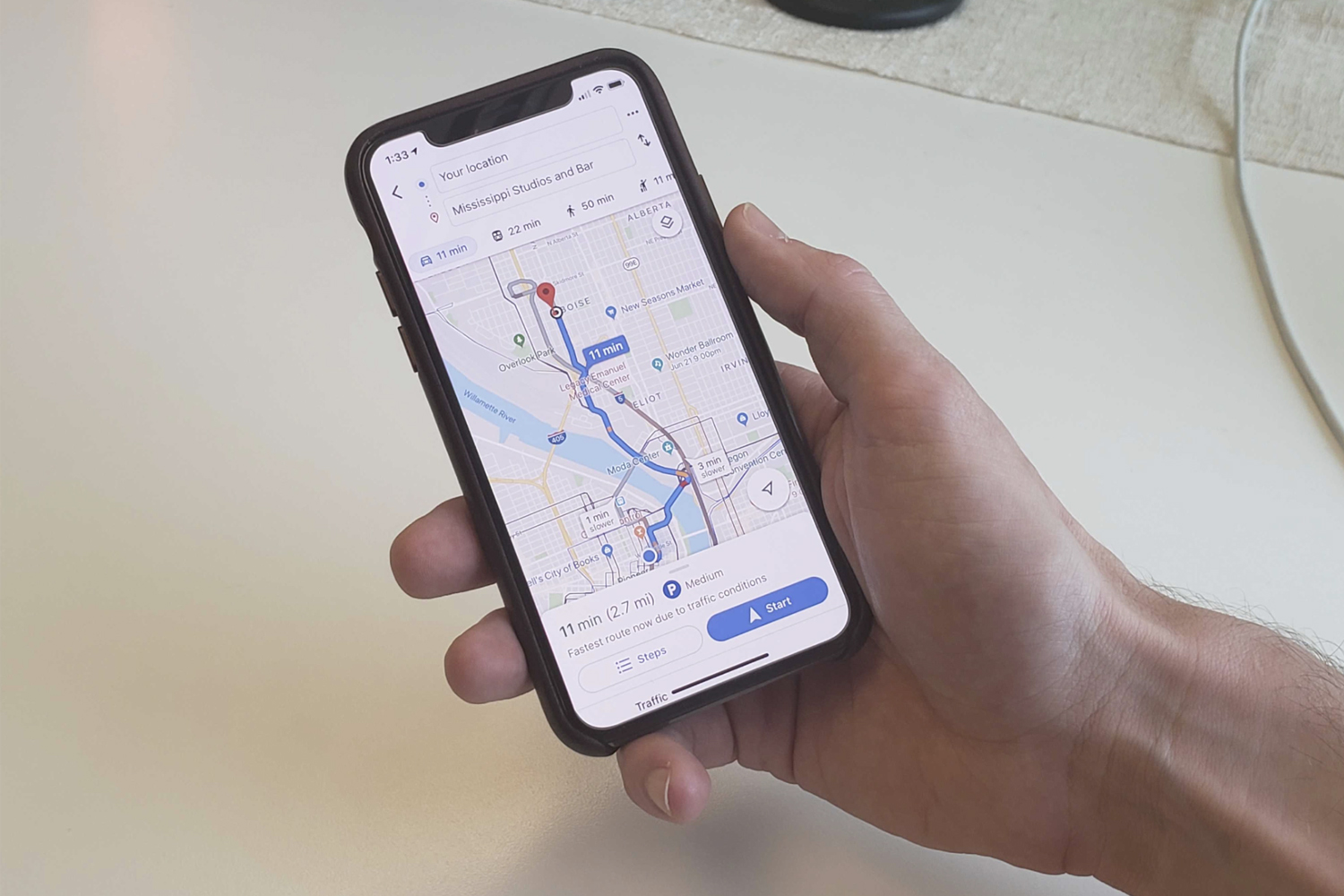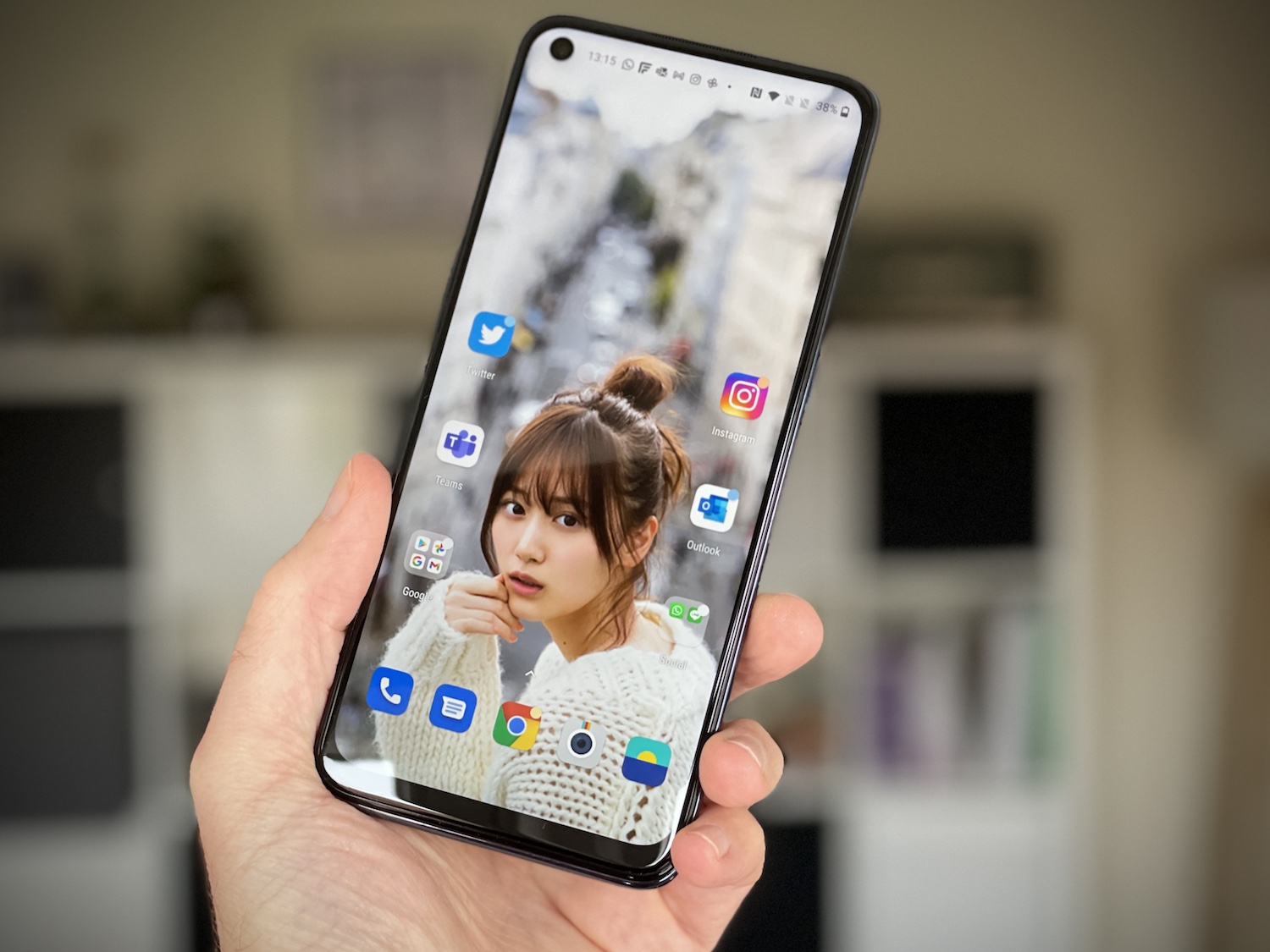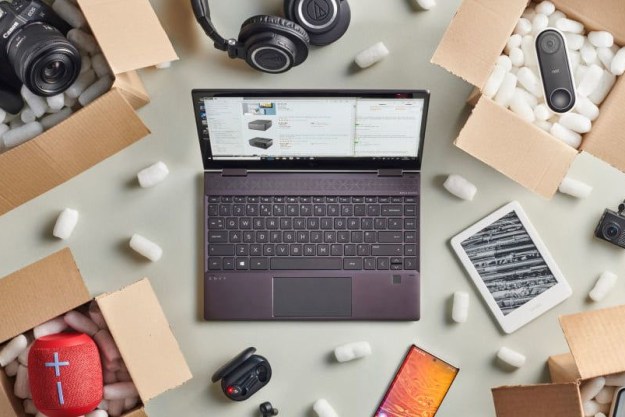Because life has changed so drastically in 2020, inevitably my use of technology has changed, too. In some ways, the alterations are to be expected, while other changes have helped me see some gadgets in a new light. Only one thing has remained consistent, though.
At the risk of exposing how tediously dull my life is, here are the four main changes in my tech lifestyle I’ve noticed over the last months — and one particular device that has continued to be the most important gadget I own.
My smartwatch has adapted to my lifestyle changes
This was the biggest change for me, and one I absolutely didn’t expect. Smartwatches have always been a product I’ve used and enjoyed, but when I went out, I’d almost always choose to wear a traditional watch. I have an affinity for G-Shock and Seiko watches, and always chose one to complement what I was wearing as part of an overall outfit. While not impossible to do with a smartwatch, very few models reflect your personality in the same way.

The repeated lockdowns and movement restrictions this year meant I didn’t go many places at all, and certainly didn’t socialize much either, so I didn’t find much need to choose a watch to wear when I went out. Instead, activity tracking became far more important, and that made me reach for a smartwatch.
Being mostly stuck inside, I wanted to make sure I was doing as much as possible, and regardless of whether it was the Apple Watch Series 6, the Samsung Galaxy Watch 3, the Diesel On Fadelite, or the Porsche Design Huawei Watch GT2, the activity monitoring provided has not only been motivational, but also key to ensuring I’m aware of how much or how little I’ve moved over time. Before 2020, I’d track my activity, but rarely did I really care.
There were some other unexpected benefits, specifically when wearing the Apple Watch, as I used the automatic handwashing timer a lot. A definite sign of the times, I missed the feature when I swapped to other smartwatches, which at best have a timer I have to start myself, and therefore never remembered to activate.
I used to think smartwatches were only really useful “outside,” whether it was traveling, at the gym, or when my phone was hidden in my bag. But 2020 has shown me they’re considerably more versatile.
Goodbye mobile data, hello Wi-Fi
I’ve gone from using mobile data to almost exclusively using Wi-Fi, and I get a cruel, expensive monthly reminder when my cellular bill arrives. The amount of mobile data I’ve used since March is laughably tiny. As I write this, I’m 16 days into my latest monthly 30GB allowance, and I’ve got 29.9GB remaining. While my use increased slightly over the summer, it was still nowhere near what it was before, when I’d sometimes at least get close to the outer limit of my allowance.
What’s worse, I have a
Regardless of the switch, connectivity has only become more important. During the summer, my router mysteriously broke, and it took a few days to sort out a new one, leaving me reliant on a spotty phone signal at the time. In a year of enforced social isolation, adding digital isolation into the mix wasn’t much fun, and only reinforced the importance of staying connected.
Until my carrier puts up a few
Should I just uninstall Google Maps?
During 2019 and early 2020, I used Google Maps multiple times a week, and everyday if I was traveling. When lockdowns arrived in March, and with them no opportunities (or desire) to travel widely, I have only used it a handful of times since. Even then, rather than guiding me around new places, I needed it only when driving to avoid unexpected road closures or traffic, because I haven’t been anywhere new at all.

To hammer home how localized my movement has become, and how little mapping and navigation has mattered, the
By contrast, during November 2019,
Stream everything
When it came online, I didn’t hesitate to pay the early subscription fee for Disney+. I have also started a YouTube Premium subscription, enjoyed Qobuz high-res music streaming, and will be subscribing to Discovery+ soon, too. Adding these to Netflix, Amazon Prime, Crunchyroll, and various free-to-stream services here in the U.K., streaming services have provided hours of wonderful entertainment.
However, while I’ve definitely upped my subscriptions in 2020, the biggest bonus came as concerts were streamed online. Early on, musicians held their own mini-concerts online, and old concerts were often streamed for free on YouTube, but as management companies began to adapt and react to their inability to hold in-person events, previously planned live concerts went online.
This was a particularly big change for me, as a fan of Japanese and Korean music. Previously, Japanese groups in particular never made streams available internationally, but this changed in 2020. Among the memorable events are several concerts from Japanese group Nogizaka46, and a single extravaganza from global K-pop group Iz*One. The KCON K-pop music festival also fully embraced the online format for its KCON:TACT event.
What was really special about these events was that I normally would never have been able to see them at all, but I was able to enjoy them online. While I’d like my
My phone is still the most important device I own
Despite spending most of my time inside, the importance of my smartphone has stayed the same over the course of the last months. While the iPad Pro has come close, and my use of it has dramatically increased, it loses out because, technically, if it wasn’t there, I could do everything on my phone or my laptop instead. But my phone feels irreplaceable.

Whether it’s video or voice calls, messaging, music, social media, the camera, YouTube, or time-wasting activities like spending an imaginary budget on Autotrader, my phone is a source of entertainment and essential connection with friends, family, and the wider world. Speed, reliability, and ease of use are still incredibly important, just for different reasons. For example, I don’t want to be frustrated by poor performance not because I’m in a hurry, but because I’m multitasking a lot more.
It also gained new functions in 2020: It became a tool to alert me if I’d come into contact with someone who had subsequently tested positive for COVID-19, the disease caused by the novel coronavirus. I’ve also participated in the Kings College London Covid Symptom Study program, something of considerable importance, as well as personal comfort, early on. Not since the early days of Foursquare have I been so conscientious about checking in with apps.
Directly and indirectly, in both small and more major ways, the coronavirus pandemic has changed the way I use almost all the technology in my life. I wonder how it will change again in 2021?
Editors' Recommendations
- I need to change how I use Apple tech in 2024. Here’s how I’m going to do it
- I used two of the year’s oddest tech gadgets so you don’t have to
- I won’t pay $1,877 for a new iPad Pro because these 3 options are way better
- Of all the tech products we used in 2020, these were our favorites
- Staff Picks: DT’s favorite mobile tech of 2020




